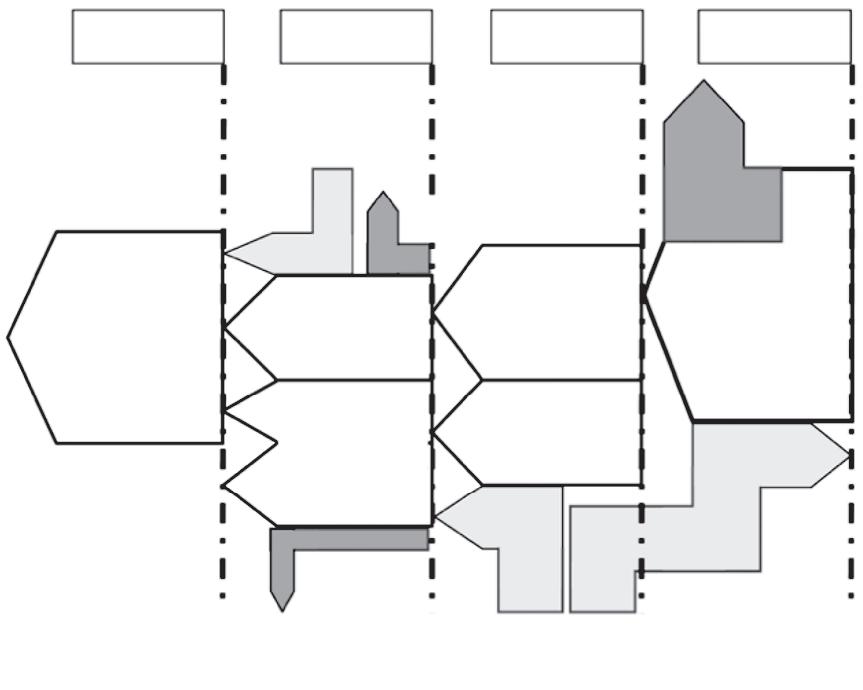3 Designing buildings for low greenhouse gas emissions 3.1 Overview GHG emissions from buildings are produced by the use of energy from fossil fuels for their operation, and by embodied energy from fossil fuels in the materials, components and processes used for their construction, maintenance, renovation and eventual demolition (see chapter 6). The main operational energy uses in buildings have traditionally been for space heating in Northern Europe, for space cooling in Southern Europe and for hot water and electrical appliances in both. However, as thermal insulation levels have improved and the use of electrical appliances has increased, heating demands have fallen, cooling demands have grown and electricity demands in buildings have become an increasingly important fraction of total building energy use. Direct GHG emissions produced by burning fuels for heating vary over the day and over the year with the weather conditions (external ambient temperature, solar radiation levels, wind speeds, etc.), with the activities performed in the building (e.g. commercial, industrial, educational, health care, residential) and with the internal temperatures demanded by the occupants. In buildings such as school classrooms, lecture theatres, cinemas and conference halls, the demand for heating (and cooling) and therefore the production of GHG emissions are strongly dependent on the number of people present in the building as each person produces a heating output that depends on their level of activity. The energy consumption of buildings is also influenced by the equipment and appliances being used, such as lighting, computers, printers, refrigerators, cookers, etc., and by behavioural decisions such as the settings selected on heating and cooling system controls and the level of natural ventilation, which can be substantial when, for example, occupants open windows, doors or other natural ventilating devices. Indirect GHG emissions produced by district heating systems and by generating electricity also vary over the day and the year, and depend on the use of heating, cooling and ventilation systems, lighting, household appliances, and information and communication technologies. The efficiency of electricity-consuming products and appliances in buildings is important not only because it affects electricity consumption, but also because it affects the cooling load caused by heat released by those products and appliances when they are operating. To deliver the required reductions in GHG emissions, new and renovated buildings must therefore be designed so that they will need nearly zero amounts of energy from fossil fuels for heating and cooling,
EASAC
while providing a pleasant and comfortable indoor environment with appropriate temperature control, adequate ventilation for humidity and indoor air quality control, and good daylighting. Delivering energy-efficient buildings requires effective quality control during the building construction process. The energy performance of a poorly constructed building is likely to be lower than was foreseen at the design stage. The commissioning process, to assure the quality of building performance, should therefore start at the design stage, and then continue into the end-use stage of the building. This process, called continuous commissioning, includes regular inspections and monitoring of the building (Jagemar and Olsson 2007). If its costs can be reduced, current developments in building information modelling present opportunities for integrating the design, construction and operation of energy-efficient buildings by coordinating decision-making on operational and embodied energy use and GHG emissions on a life cycle basis (Eleftheriadis et al. 2017) (see also chapter 6). When developing policies for the renovation of the approximately 250 million existing buildings in the EU, it is useful to note that around two-thirds of building energy in the EU is consumed in residential buildings. There are six main end-uses of energy in residential buildings, of which space heating is by far the largest, but this can be expected to decrease as buildings are renovated. However, there will be a growing demand for electricity in buildings as heating systems are electrified, and as climate change increases the demand for cooling. Indirect GHG emissions from the consumption of electricity in buildings are currently substantial, but these should be reduced as EU electricity generation is decarbonised, largely by replacing fossil-fuelled electricity generators with renewable or other low GHG emission generators. The total final energy consumption by EU households in 2018 was approximately 245 million tonnes of oil equivalent (Eurostat 2020d). The mix of fuels used for residential space heating in the 27 Member States of the EU in 2018 was dominated by gas (see Figure 3), but the use of gas and other fossil fuels must be reduced to nearly zero as buildings are decarbonised. The challenge of reducing GHG emissions by reducing the energy consumption of buildings is greater in some Member States than others, as can be seen from Figure 4, which shows the energy demands per square metre in residential and non-residential buildings for EU Member States and the UK (EU 2016a). Figure 4 should not be interpreted as meaning that little needs to be done to the buildings in those countries that currently
Decarbonisation of buildings | June 2021 | 11




